This week, a new Marvel Comics series debuts that’s arguably the publisher’s most ambitious title ever. The Marvels will encompass the full Marvel Universe, with stories spanning the entirety of Marvel history. Does the debut issue of the new series show promise for the project?
We’ve got a review of The Marvels #1, plus a Rapid Rundown of other new Marvel releases, all ahead in this week’s installment of The Marvel Rundown!
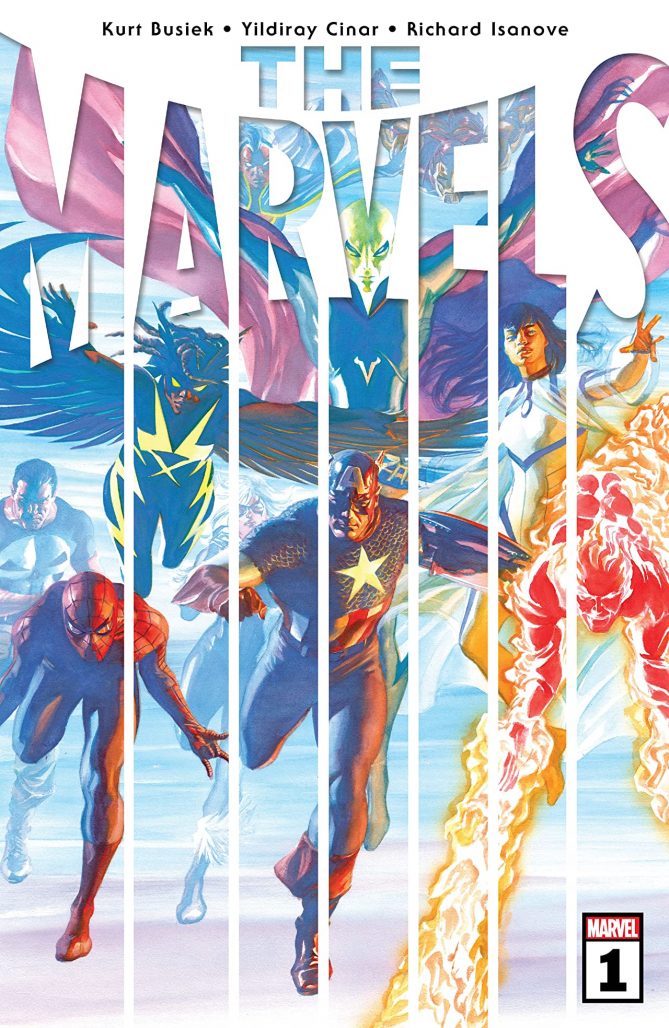
The Marvels #1
Writer: Kurt Busiek
Artist: Yildiray Cinar
Color Artist: Richard Isanove
Letterer: Simon Bowland
Cover Artist: Alex Ross
Reviewed by Zoe Tunnell
Reading The Marvels #1, I could see the skeleton of a series I should love. Kurt Busiek taking the sweeping “anytime, anyplace” structure of his beloved Astro City series and blending it with the humanist perspective and heart of the iconic Marvels miniseries its title pays homage to sounds like a winning combination. However, in execution, the debut reads less as a love letter to Marvel’s history than a reshuffling of continuity minutiae, weighed down by a central focus on an inherently flawed and offensive concept.
The backbone of The Marvels is Siancong, the fictional nation that recently rose to prominence in the Marvel Universe following a retcon in the History of the Marvel Universe miniseries that reframed the country as the site of a war that spanned decades. The retcon (which has been thoroughly dissected elsewhere, including a fantastic piece at WWAC) created a new conflict for Marvel characters who previously fought in Vietnam, World War 2 or Desert Storm, and served to remove any timeline concerns continuity sticklers may have. For example, Flash Thompson is now a veteran of the Siancong war, rather than Vietnam. However, treating American wars as interchangeable and, specifically, taking a character out of Vietnam and placing him in a fictional tropical Asian nation that could easily pass as Vietnam, if not for helpful narration, is emblematic of the lack of care and nuance that utterly guts The Marvels.
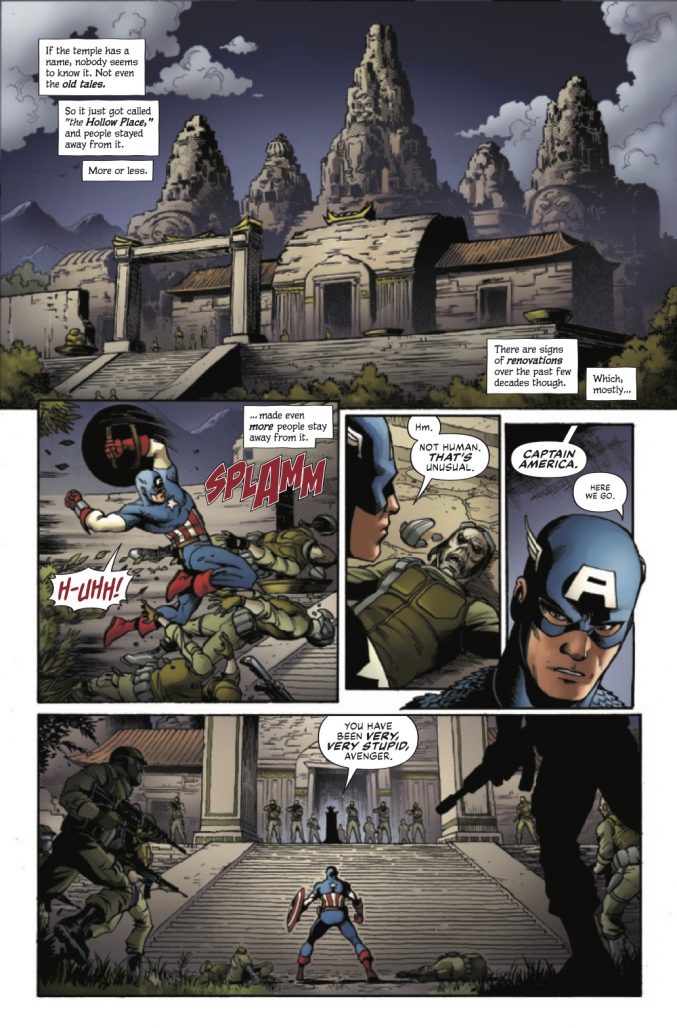
The plot of the issue jumps across eras, ranging from the Golden Age of the Marvel Universe to the near future, but every jump is centered by a tie to Siancong. Whether it is spotlighting the Siancong native Lady Lotus (more on her later) or following The Punisher amid a shootout in New York’s Little Sin-Cong neighborhood, it is an inescapable aspect of the title, and one that taints just about any praiseworthy moments in the issue. For full context, I had previously spoken with Busiek about my concerns via Twitter and he requested I judge the book by its own merits and said his intention was to handle Siancong with respect. I am, admittedly, white as hell so I am only able to speak from my perspective, but having now read the issue, I can safely say that nothing about the story and its focus on Siancong is respectful.
Beyond the reinforcement of Siancong as a MU fixture, the series attempts to introduce a handful of new faces to the party, all designed by cover artist Alex Ross and drawn by series artist Yildiray Cinar. Among them are Kevin Schumer, a superhero tour guide using a defunct Fantasti-Car; Ace, a motorcycle riding mystery man; Threadneedle, a David Bowie-styled reality warper; and an unnamed heroine who makes a brief, silent, appearance in a splash page. Unfortunately, the new arrivals either don’t have enough page-time to make an impact or, in Kevin’s case, are just not particularly compelling.
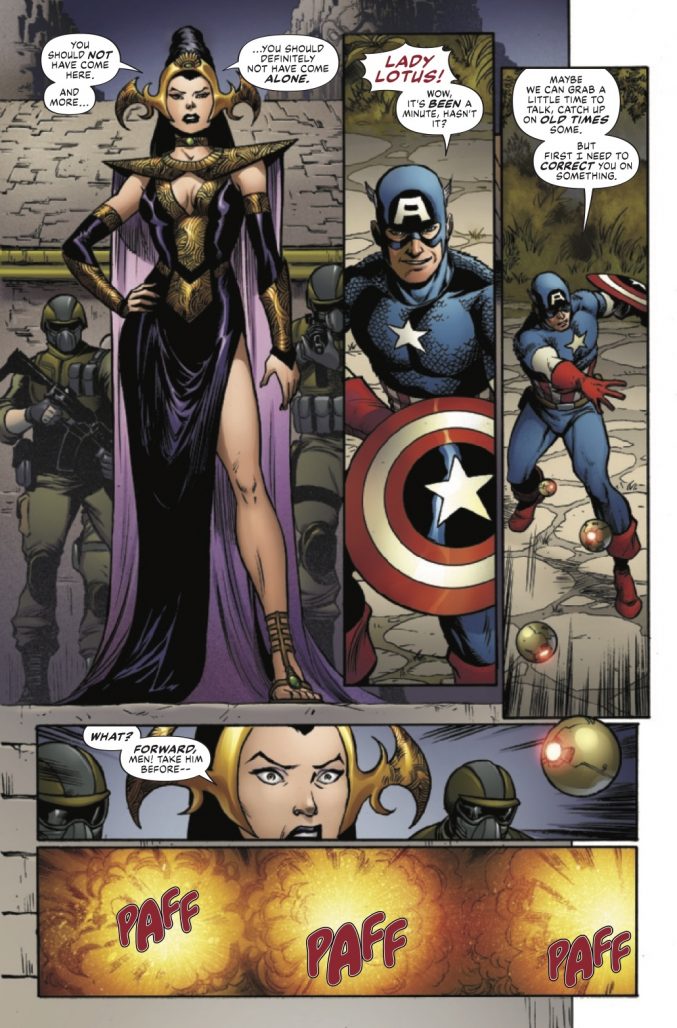
Alongside these new faces is a very old face, the previously mentioned, and poorly named, Lady Lotus. A yellow peril villain from Marvel’s early years, Busiek has stated his intent with her role in the book is to elevate her beyond her origins. While her story is admittedly still early on, it is hard to see her as elevated when her appearances include being mistaken for a sex worker while hiding post-WW2, and sporting an incredibly stereotypical design in her modern appearance.
As a concept, The Marvels has potential. A book with a rotating cast, spotlighting every possible corner of the Marvel Universe in a time-spanning epic from the creator of Astro City is a hell of a pitch. But it is impossible to divorce the idea of what this series could be from what it actually is, and the reality is that the debut is irrevocably weighed down by the creative choice to focus on Siancong. If the series moves beyond this focus down the road then it could very well develop into a series I would like to read, but in its current form it is little more than a well-drawn feat of continuity organization at the cost of erasing the real-world legacies and scars found in Marvel’s characters.
Final Verdict: Skip.
Rapid Rundown!
- Cable #10
- In which Cable makes a series of poor decisions and seems to miss the point of the good advice given to him by a family friend. This series has been a blast from the beginning, with Gerry Duggan bringing a smart blend of character-driven humor and drama to each issue, and Phil Noto bringing it home in beautiful fashion as he always does. The specter of Old Man Cable has loomed large, and I’m excited to see over the remaining two issues how Duggan and Noto reconcile the dual narratives of the series, something they seem to start to do here. In the hands of such capable storytellers the climax of the series should be an entertaining ride. —JG
- Miles Morales: Spider-Man #25
- The Clone Saga is one of the most reviled storylines in Marvel’s history, and like many other readers, it was the cause of my dropping Spider-Man from my reading list way back when. Flashforward to 2021 and hearing that Miles was soon going to face his own genetic doppelganger crisis, I was… anxious for the young hero’s future. Thankfully writer Saladin Ahmed has been doing some great work with young Miles over his run, capturing the teenage angst of Peter Parker’s early days as Spider-Man. By making the clones very relevant to Miles and our current world, this issue instills a level of trust that there is a point to this storyline other than some nostalgic gimmicky money grab. In addition artist, Carmen Carnero is really in the groove, finding ways to convey expressions on the characters both in and out of masks, as well as tight fast-moving action on the parts of our Spiders. If you haven’t been reading this title there is a short ramp-up, but still an easy jumping on-point for new or returning readers as Miles and Peter confront a disturbing clone of Miles. —GC3
- Star Wars: Darth Vader #11
- Greg Pak, Raffaele Ienco, and Neeraj Menon‘s tour of Darth Vader through the sequel trilogy reaches its conclusion, answering some of the lingering questions left by The Rise of Skywalker and establishing some entirely new mysteries. The team has done a nice job of blending beloved elements of the original trilogy with some of the less popular choices of the sequels, in a way that adds depth to both the original and new films. We all know that everything’s connected when it comes to the Skywalker saga, but it’s been fun to see just how connected it all is. —JG
Next week: Heroes Reborn!


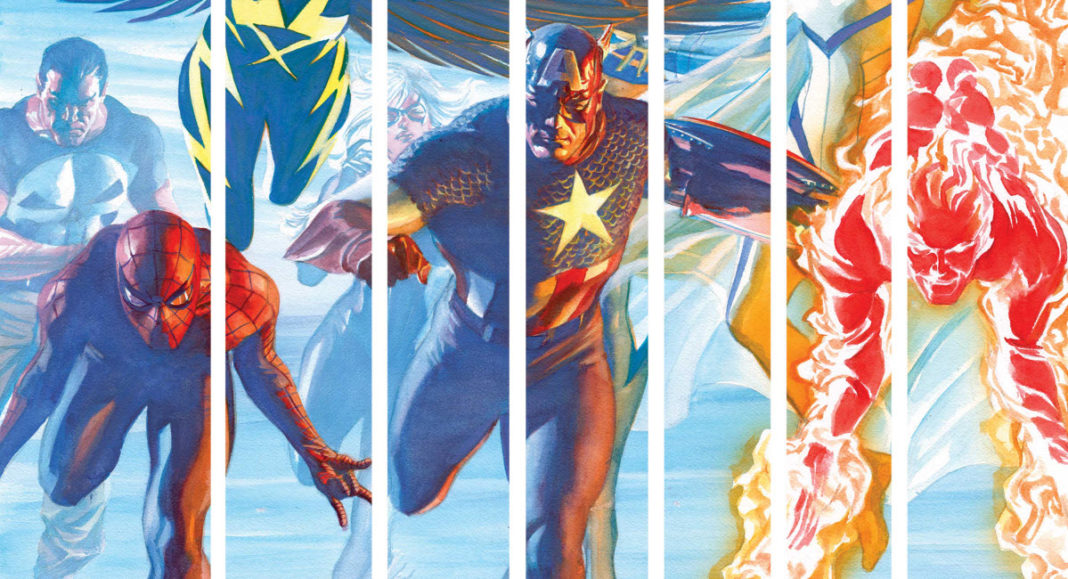
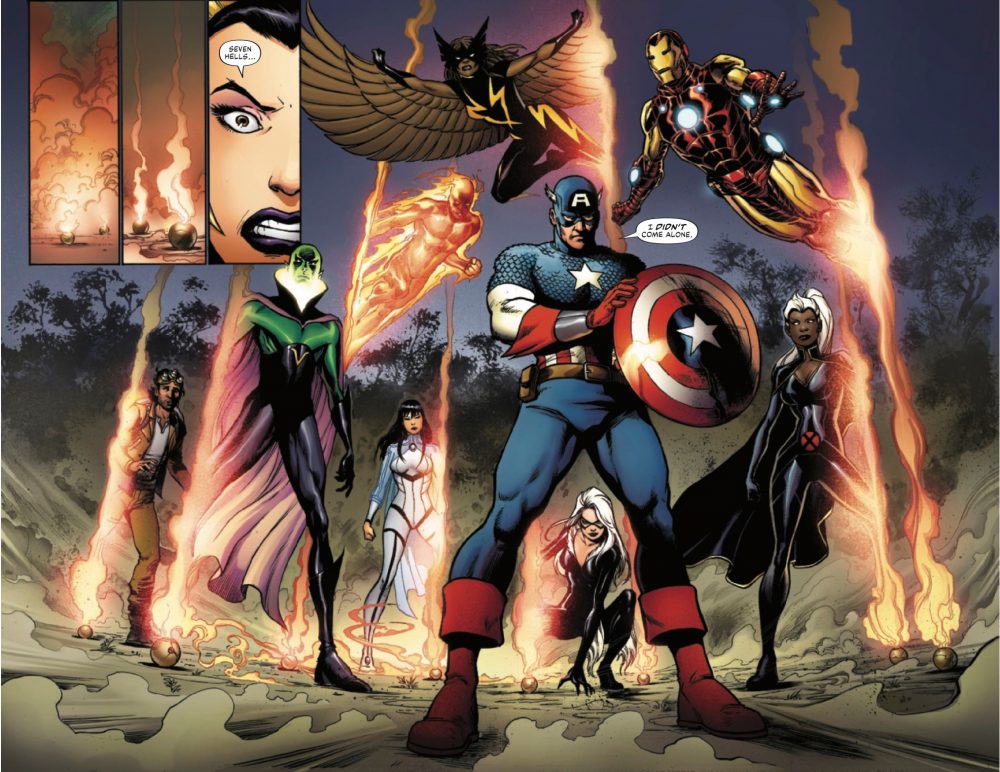
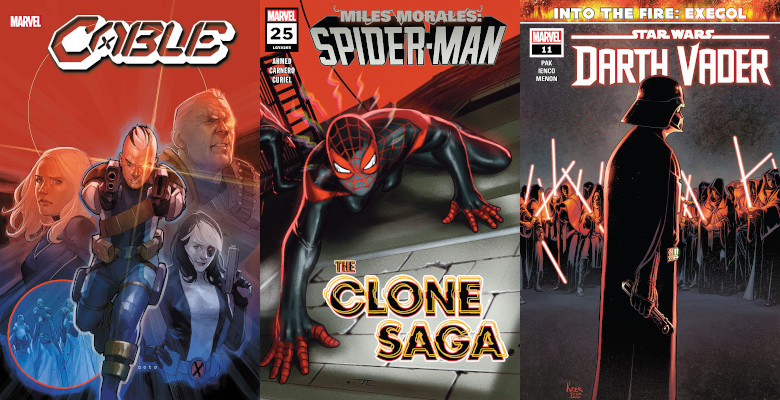
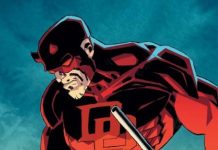
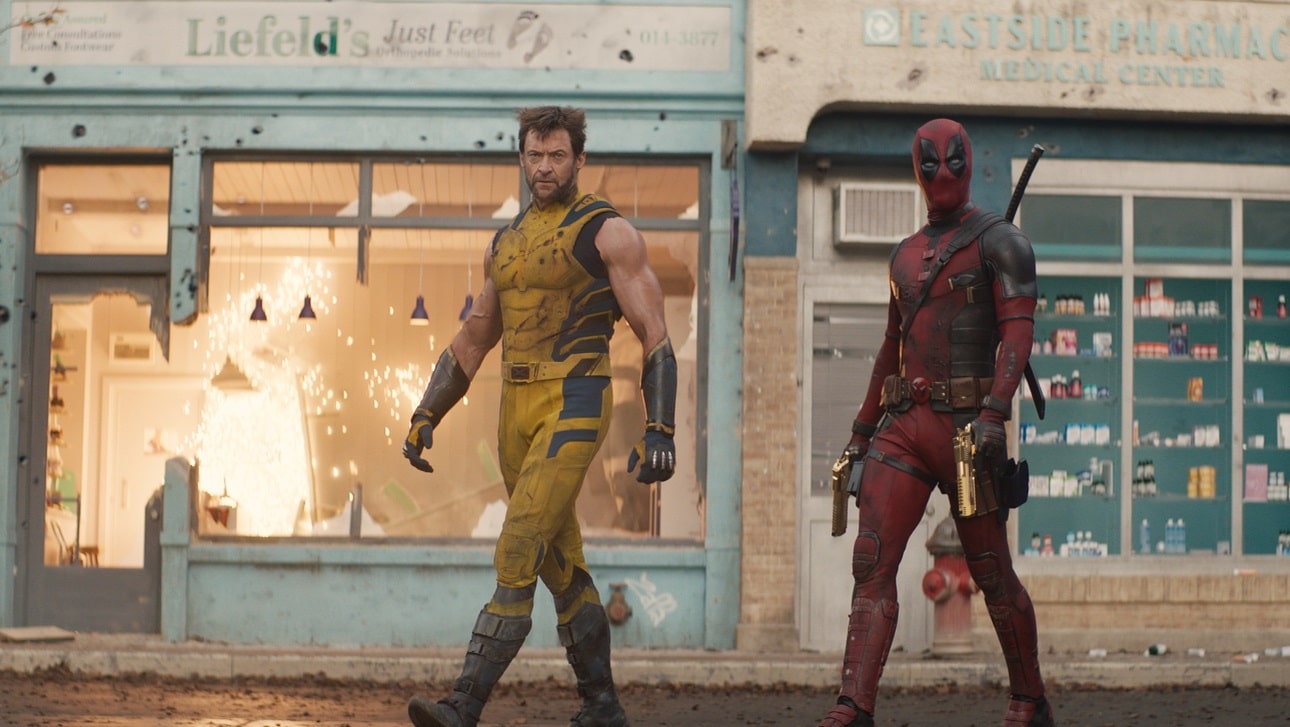
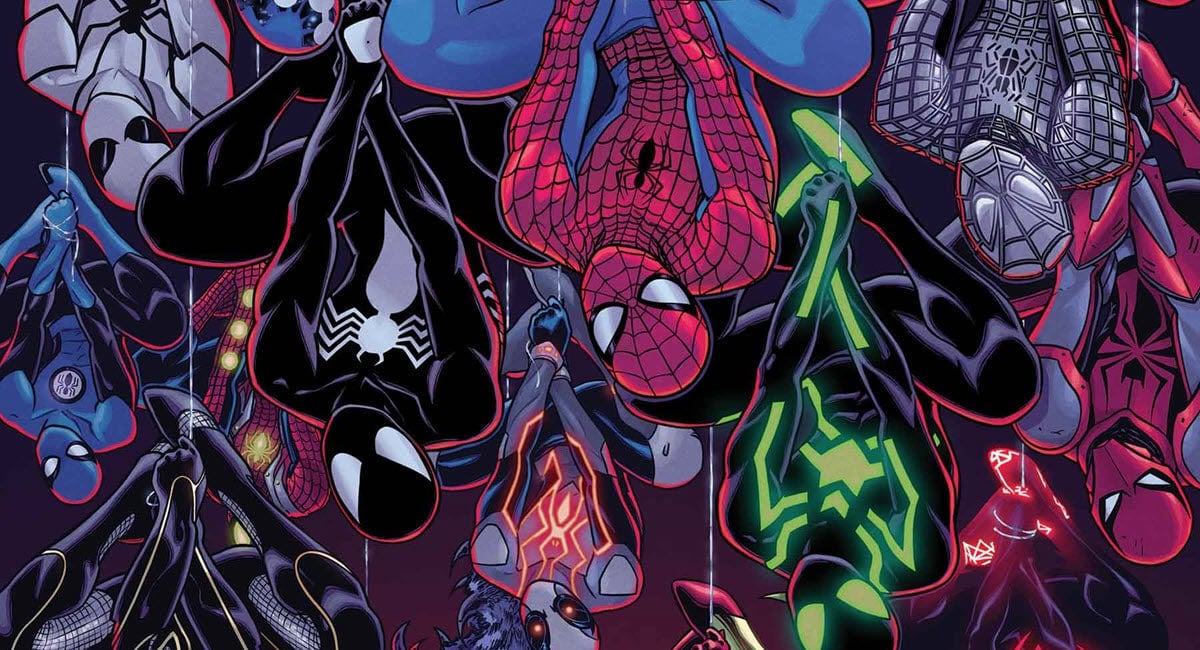



Well Marvel Studios is very pro-military/state and has Pentagon cooperation. What way to lubricate that relationship even more than to blunt the edges of US military interventionalism than by making it all pretend. It falls perfectly into line with Captain America only fighting Hydra and not Nazis. No need to hurt any world power’s feelings, we can just paper right over it with fake alternate conflicts. Theres nothing wrong with anything and there never has been. Marvel is still the world outside your window, really fake.
Comments are closed.